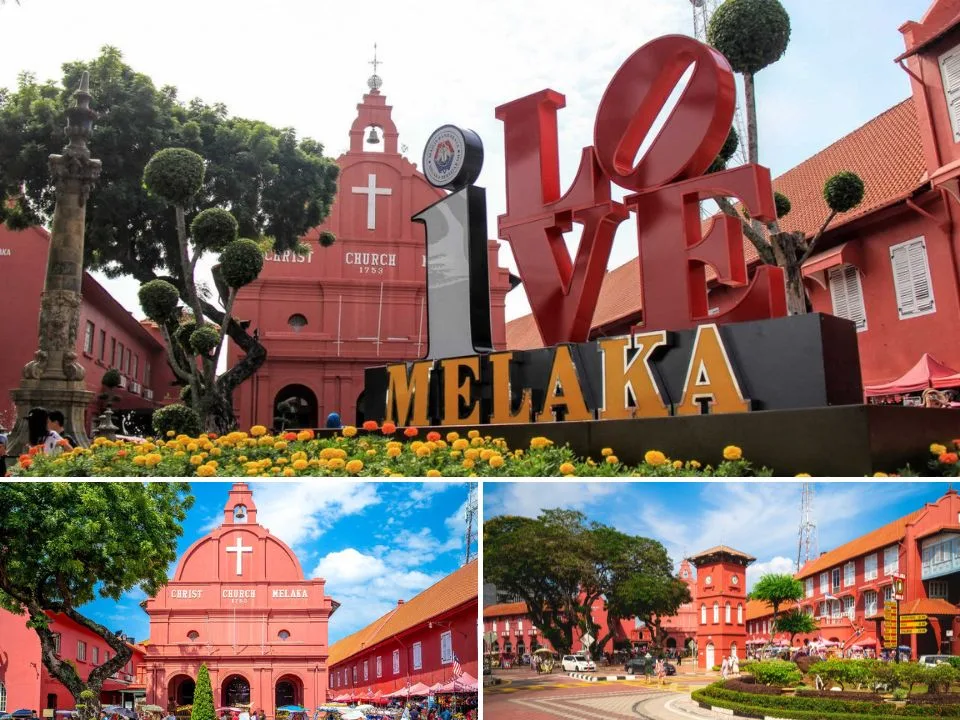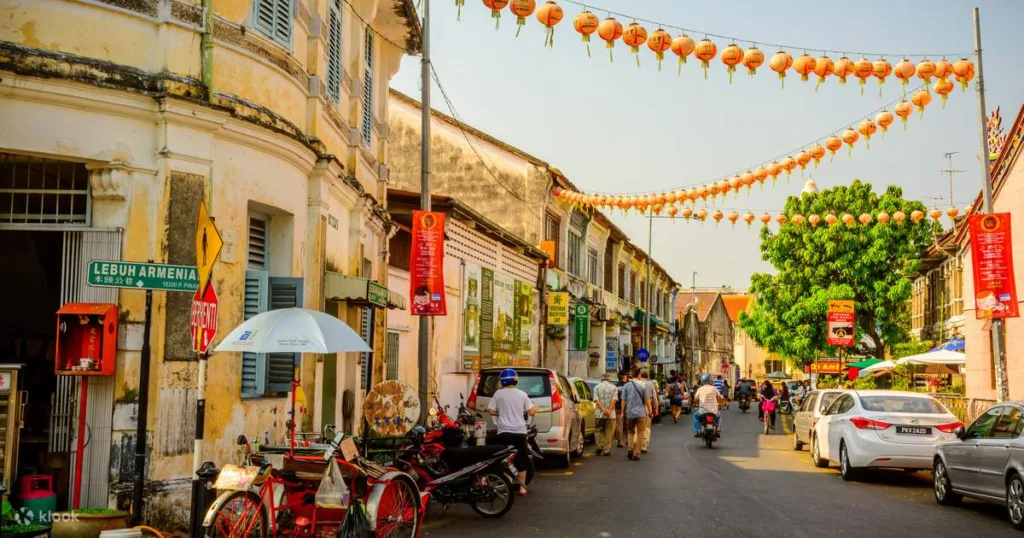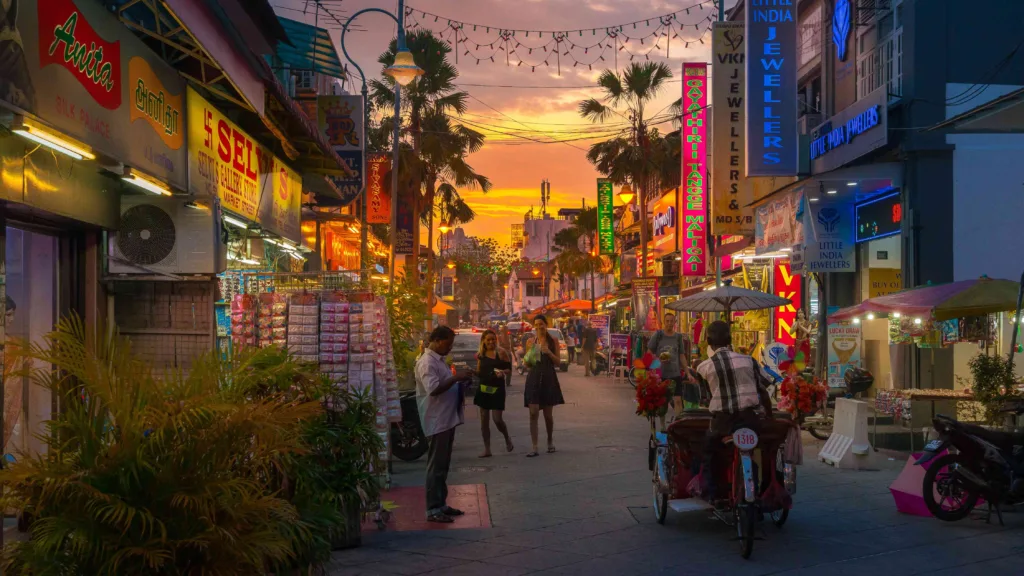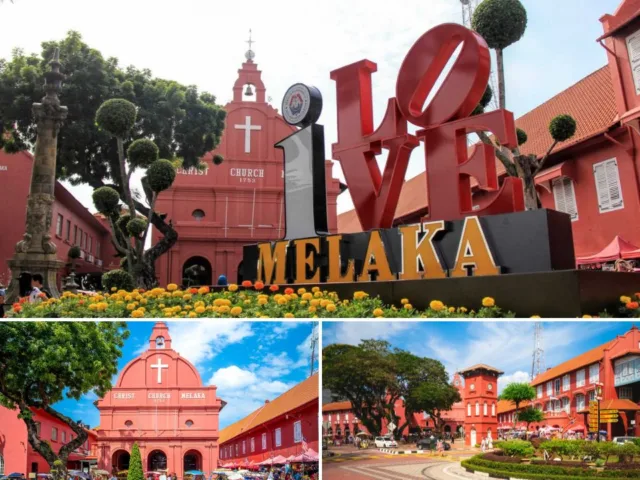
Human civilization has been intricately tied to patterns of settlement since its inception. From the formation of societal connections to the emergence of architecture, our journey from primal habitats to structured dwellings marks the evolution of our civilization.
Unraveling The Human Hierarchy Of Needs
Early settlements were dictated by fundamental needs such as food, safety, and belonging. Abraham Maslow’s hierarchy of needs provides a framework to understand this progression, as societies evolved from fulfilling basic survival needs to aspiring for self-fulfillment.
Urbanization: A Contemporary Phenomenon
In the modern era, cities stand as monuments to humanity’s hierarchy of needs. With the global urban population surpassing the rural, our urban landscapes have become the primary canvas of human existence. However, amidst the rapid urbanization, the essence of ancestral roots and cultural identity often remains tethered to rural origins.
According to Associate Professor Dr. Keith Tan, an expert in architectural heritage, as memories of village life recede, urban areas become the new custodians of historical identity. The interplay between older heritage structures and contemporary urban landscapes forms the narrative thread that binds communities together.
The Role Of Heritage Conservation In Malaysia
Heritage conservation transcends mere preservation; it lays the groundwork for a sustainable future. Cities like Istanbul, Paris, and London exemplify how embracing historical legacies fosters economic prosperity and cultural vitality.


Images via Klook & Trip Savvy
In Malaysia, cities like Melaka and Penang serve as beacons of heritage conservation, attracting tourists and bolstering local economies. The delicate balance between preserving heritage and meeting the needs of residents underscores ongoing discussions in urban planning.
Check out this Malaysia Heritage Studios located in Melaka.
Nurturing Identity In A Globalized World
In an era of globalization, cities must cultivate distinctive identities to remain attractive to residents and retain talent. Museums, galleries, and streetscapes infused with historical significance create a sense of belonging crucial for urban livability.
Educating and inspiring the youth to become stewards of architectural heritage is essential for shaping a vibrant future. By instilling a reverence for the past, we empower the young to cultivate a more enriched and meaningful urban landscape.
As we navigate the complexities of urbanization, it is imperative to recognize the intrinsic value of preserving our architectural heritage. In doing so, we not only honor our past but also sow the seeds for a brighter and more sustainable future for generations to come.










